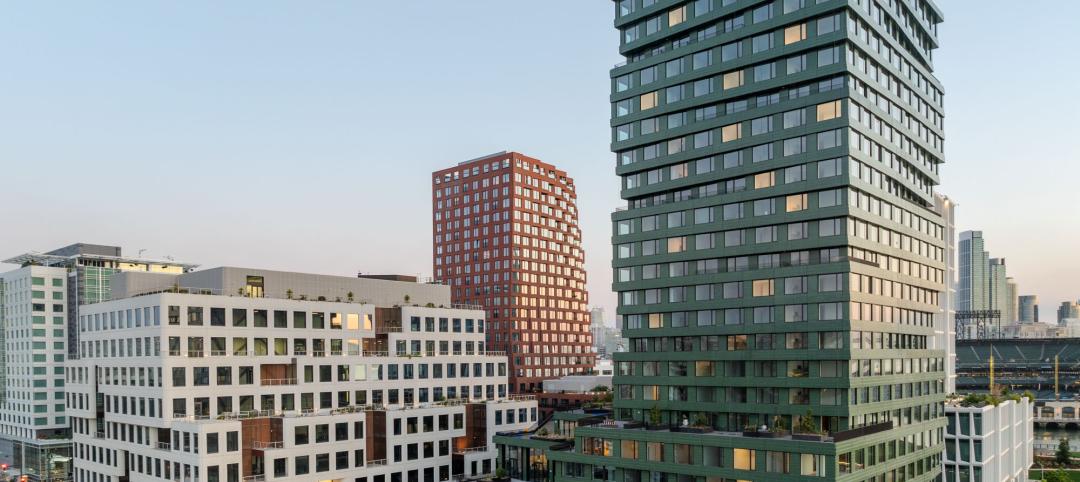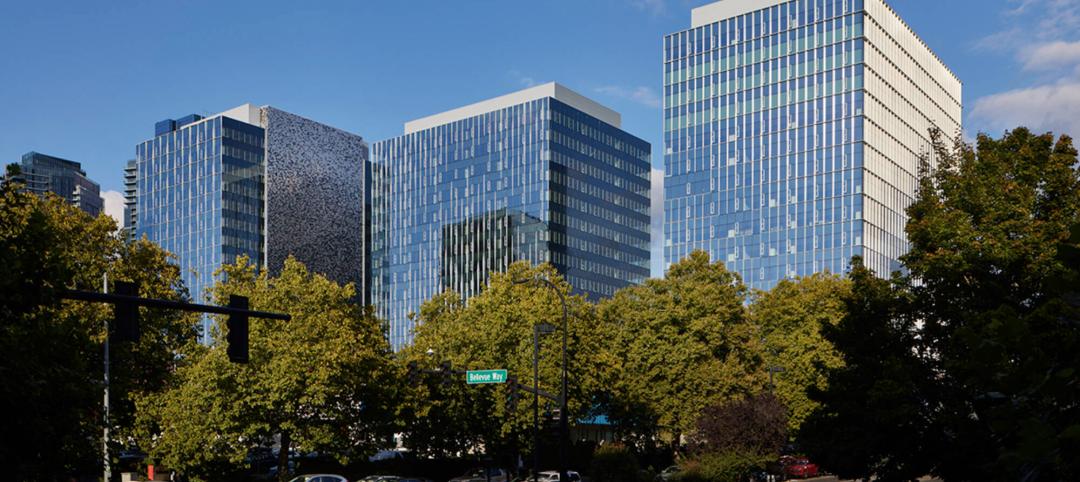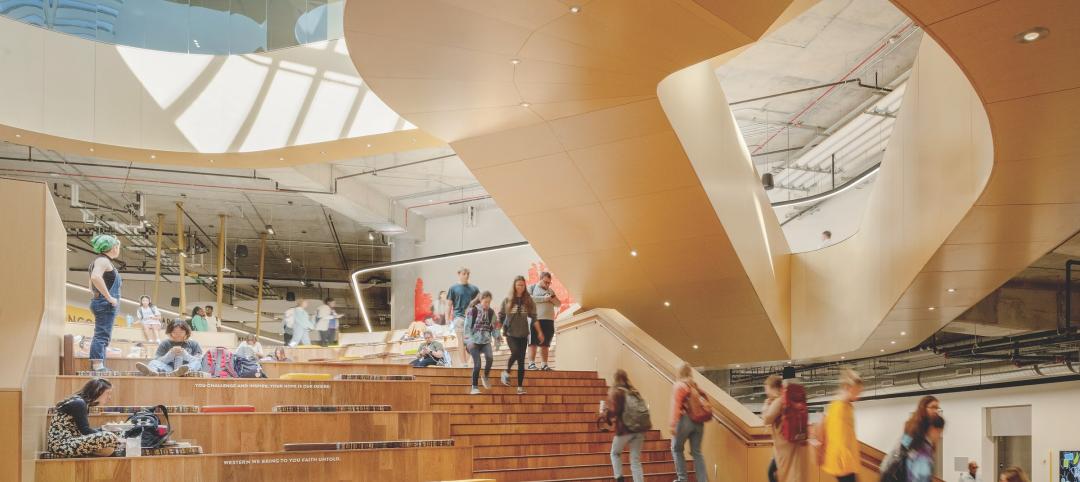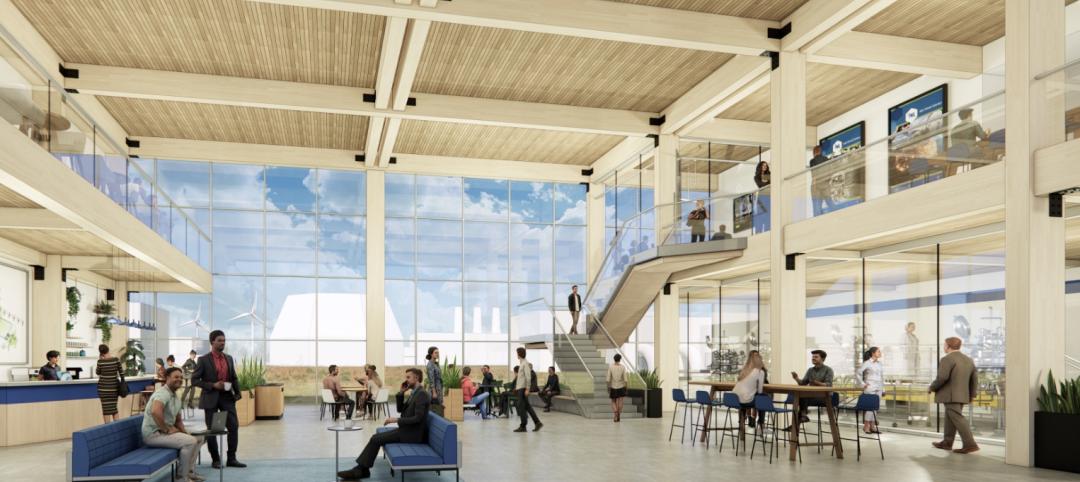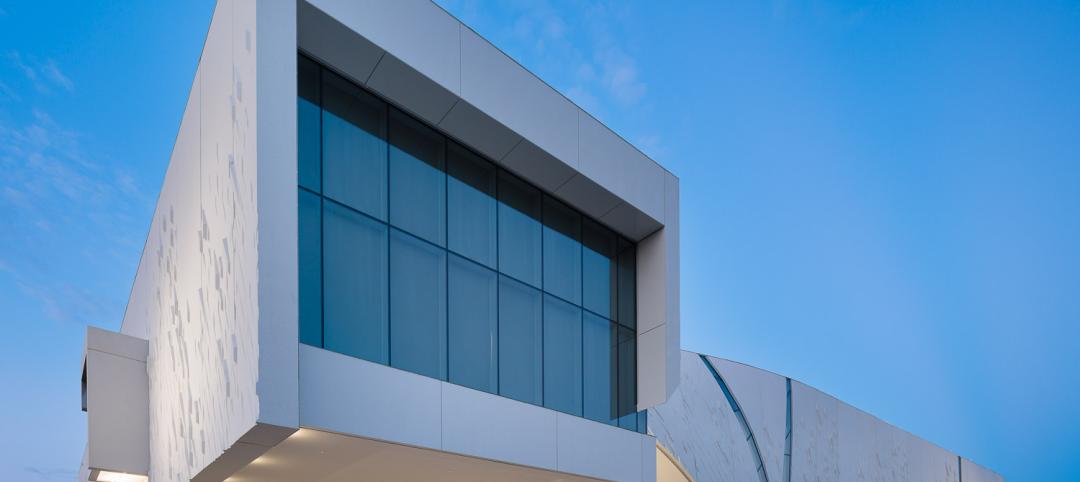DENTON (UNT), Texas — The University of North Texas has received a $2 million grant from the State Energy Conservation Office to install three wind turbines that will feed the electrical grid that provides power to UNT’s new football stadium and other buildings on the west side of Interstate 35E.
The stadium, which will open in September, is the first collegiate stadium designed to incorporate onsite renewable energy. The turbines are expected to be installed by the end of the year.
“The effort by the staff of the UNT System and the university to meet the requirements of the Department of Energy and the State Energy Conservation Office to win the grant for these new turbines underscores our commitment to creating a carbon-neutral campus,” said V. Lane Rawlins, president of UNT. “Our university has a 50-year legacy of environmental research and sustainability and we’re proud to be the first university in Texas to install wind turbines on campus. “
It is estimated that the three wind turbines will offset the energy consumption of Mean Green Village, the area of campus surrounding the new stadium, by about 6 percent and eliminate 323 metric tons of carbon dioxide being emitted annually. The turbines will be visible from I-35E and I-35W providing visual evidence of UNT’s commitment to sustainability.
A web-based monitoring system will provide details on energy production, carbon reduction statistics and empirical data that can be used for both educational and research purposes at UNT. Designed for low wind conditions, the community-scale 100kW wind turbines are well suited for the North Texas region, which has a wind speed average of approximately 12 mph.
Unlike the very large turbines generally found at wind farms, community-scale turbines are considerably smaller and ideal for municipalities, schools, neighborhoods, and universities. The approximate noise level of the turbines is 55 decibels at 40 meters (131 feet), which is equivalent to that of a normal conversation between two people.
“The construction of wind turbines at UNT will be an invaluable asset to the university and surrounding communities,” said Richard Escalante, vice chancellor for administrative services. “The reduction in carbon emissions from the use of fossil fuels will be a collective benefit for the entire North Texas region. Sustainable initiatives, such as the use of renewable energy technologies, ensure that future generations of the UNT and Denton communities are equipped with the necessary tools to continue economic expansion while simultaneously protecting the environment and human health.”
The wind turbines will be located southwest of the new stadium, and aligned approximately parallel to Bonnie Brae Street. The turbines will be on the east side of Bonnie Brae.
Design and construction of the turbines is expected to begin immediately. At its November meeting, the UNT System Board of Regents selected HKS DesignGreen for the design of the turbines and supporting structure. The construction manager will be selected shortly, according to Raynard Kearbey, UNT System associate vice chancellor for system facilities, whose team is overseeing design and construction of the stadium and wind turbines.
“These wind turbines will give UNT a trifecta of benefits,” noted Chris Mundell, sustainable design manager with HKS DesignGreen. “They will be an innovative educational tool for UNT students and faculty. The turbines also will be a symbol of sustainability for all the stadium’s spectators. Lastly, they help offset energy consumption of the new stadium, making it one of the most energy efficient in the country.”
Scheduled to open in September 2011, the new 28,000 seat stadium will feature luxury suites, an amenity-filled club level, and a Spirit Store.
The new stadium will be the centerpiece in UNT's Mean Green Village. In addition to hosting UNT events, it will serve the entire North Texas region as a venue for outdoor concerts, community events, high school games and band competitions.
The new stadium, which will replace 57-year-old Fouts Field, is designed by award-winning architects HKS Sports & Entertainment Group, the firm that designed the new Dallas Cowboys stadium. The UNT System will be seeking LEED Gold or Platinum certification. If the project is awarded LEED Platinum, it will be the first of its type to achieve this rating in the country.
Related Stories
AEC Tech Innovation | Oct 8, 2024
New ABC technology report examines how AI can enhance efficiency, innovation
The latest annual technology report from Associated Builders and Contractors delves into how artificial intelligence can enhance efficiency and innovation in the construction sector. The report includes a resource guide, a case study, insight papers, and an essay concerning applied uses for AI planning, development, and execution.
Healthcare Facilities | Oct 8, 2024
Herzog & de Meuron completes Switzerland’s largest children’s hospital
The new University Children’s Hospital Zurich features 114 rooftop patient rooms designed like wooden cottages with their own roofs. The project also includes a research and teaching facility.
Mixed-Use | Oct 7, 2024
New mixed-use tower by Studio Gang completes first phase of San Francisco waterfront redevelopment
Construction was recently completed on Verde, a new mixed-use tower along the San Francisco waterfront, marking the end of the first phase of the Mission Rock development. Verde is the fourth and final building of phase one of the 28-acre project that will be constructed in several phases guided by design principles developed by a design cohort led by Studio Gang.
Brick and Masonry | Oct 7, 2024
A journey through masonry reclad litigation
This blog post by Walter P Moore's Mallory Buckley, RRO, PE, BECxP + CxA+BE, and Bob Hancock, MBA, JD, of Munsch Hardt Kopf & Harr PC, explains the importance of documentation, correspondence between parties, and supporting the claims for a Plaintiff-party, while facilitating continuous use of the facility, on construction litigation projects.
Glass and Glazing | Oct 7, 2024
Pattern language: An exploration of digital printing on architectural glazing
Architectural Glazing has long been an important expressive tool which, when selected and detailed thoughtfully, can contribute to the successful transformation of architectural concepts to reality.
University Buildings | Oct 4, 2024
Renovations are raising higher education campuses to modern standards
AEC higher ed Giants report working on a variety of building types, from performing arts centers and libraries to business schools. Hybrid learning is seemingly here to stay. And where possible, these projects address wellness and mental health concerns.
AEC Tech | Oct 3, 2024
4 ways AI impacts building design beyond dramatic imagery
Kristen Forward, Design Technology Futures Leader, NBBJ, shows four ways the firm is using AI to generate value for its clients.
Laboratories | Oct 2, 2024
Trends in scientific research environments: Q&A with Flad's Matt McCord
As part of an ongoing series, Matt McCord, AIA, NCARB, LEED AP BD+C, Associate Principal with Flad Architects, discusses the future of the scientific workplace.
Museums | Oct 1, 2024
UT Dallas opens Morphosis-designed Crow Museum of Asian Art
In Richardson, Tex., the University of Texas at Dallas has opened a second location for the Crow Museum of Asian Art—the first of multiple buildings that will be part of a 12-acre cultural district. When completed, the arts and performance complex, called the Edith and Peter O’Donnell Jr. Athenaeum, will include two museums, a performance hall and music building, a grand plaza, and a dedicated parking structure on the Richardson campus.
Data Centers | Oct 1, 2024
10 biggest impacts to the data center market in 2024–2025
While AI sends the data center market into the stratosphere, the sector’s accelerated growth remains impacted by speed-to-market demands, supply chain issues, and design innovation necessities.




